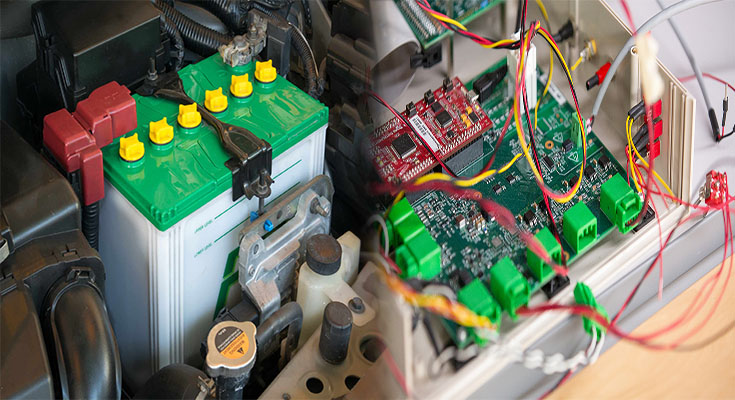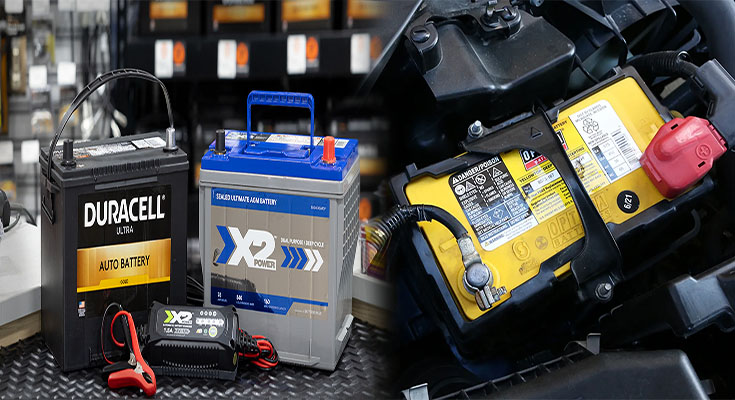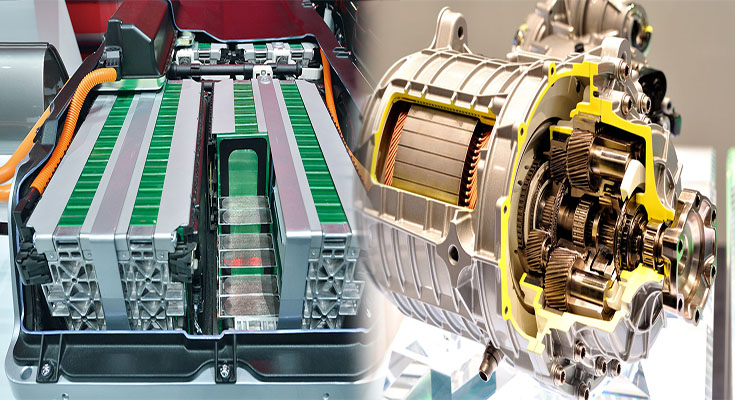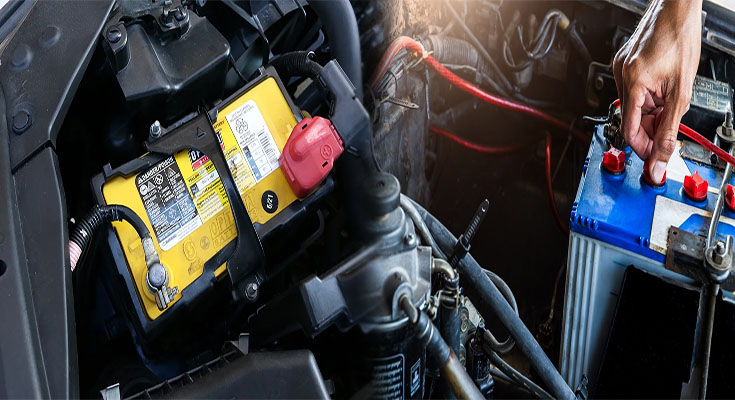
Comparing Lithium-ion vs. Lead-Acid Vehicle Battery Performance
When it comes to vehicle battery performance, two types of batteries dominate the market: lithium-ion and lead-acid. Both have their pros and cons, and understanding the differences can help vehicle owners make an informed decision. In this article, we will compare the performance of lithium-ion and lead-acid batteries to help you determine which one is best suited for your vehicle.
Lithium-ion batteries have gained popularity in recent years due to their high energy density, longer lifespan, and lighter weight compared to lead-acid batteries. These batteries are commonly used in electric vehicles (EVs), hybrid vehicles, and even some conventional cars. Their superior performance lies in their ability to provide a higher voltage output, enabling greater acceleration and range.
Lead-acid batteries, on the other hand, have been around for decades and are often found in traditional gasoline-powered vehicles. Although they are generally heavier and less efficient than lithium-ion batteries, they remain a …
Comparing Lithium-ion vs. Lead-Acid Vehicle Battery Performance Read More




